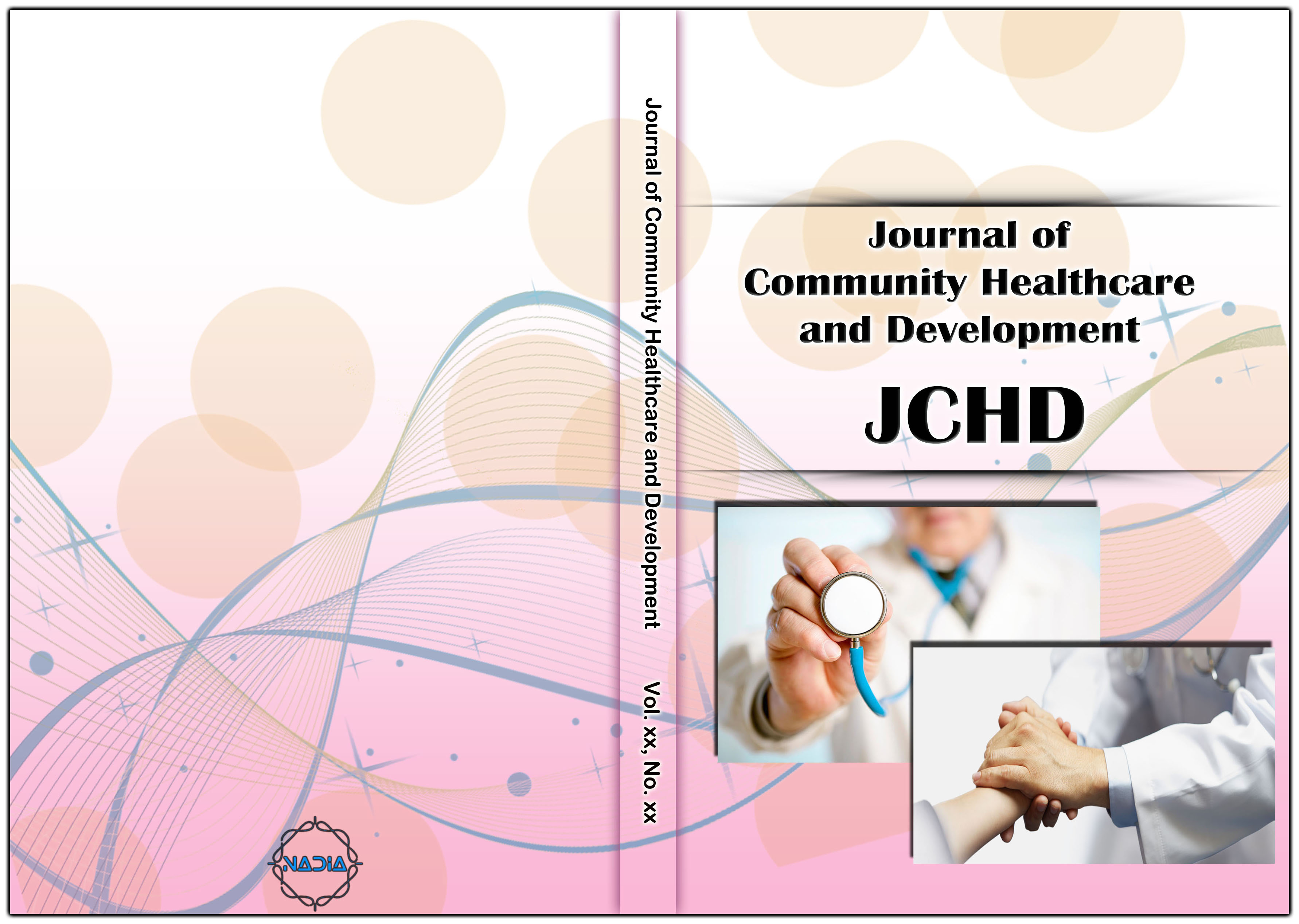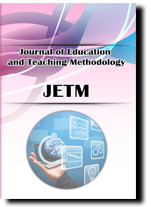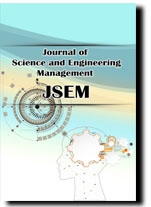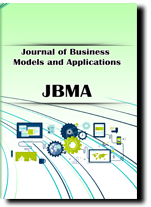[1] Hwang, S. H., “Effects of the Levels of Participation of Skiers in Leisure Activity on Recreation Specialization and Serious Leisure.” Journal of Sport and Leisure Studies, vol. 40, (2010), pp. 811-819.
[2] Csikzentmihalyi, M., “Beyond boredom and anxiety.” Jossey-Bass, San Francisco, (2000).
[3] Beard, J. G. and Raghed, M. G., “Measuring leisure satisfaction.” Journal of Leisure Research, vol. 12, (1980), pp. 20-33.
[4] Ragheb, M. G. and Beard, J. G., “Measuring Leisure Attitude.” Journal of Leisure Research, vol. 14, no. 2, (1982), pp. 155-167.
[5] Kim, M. R., “Serious leisure scale (SLS) development through serious leisure conceptualization.” Ph. D. dissertation, Seoul National University, Seoul, Korea, (2008).
[6] Wakefield, K. R. and Sloanm, H. J., “The Effects of Team Loyalty and Selected Stadium Factors on Spectator Attendance.” Journal of Sport Management, vol. 9, no. 2, (1995), pp. 153-172.
[7] Lee, S. M. and Lee, C. H., “The relationship among leisure sport participation motive, sport participation, leisure satisfaction, and leisure continuance in adolescent: Structural equation modeling.” Journal of Learner-Centered Curriculum and Instruction, vol. 17, no. 23, (2017), pp. 779-798.




